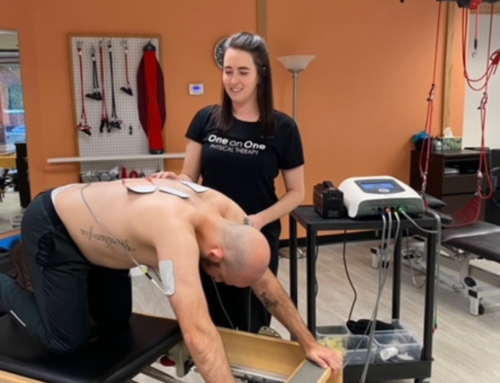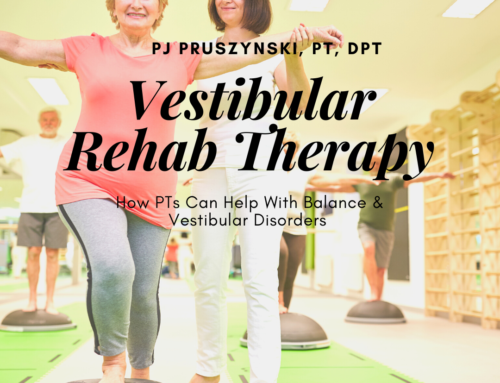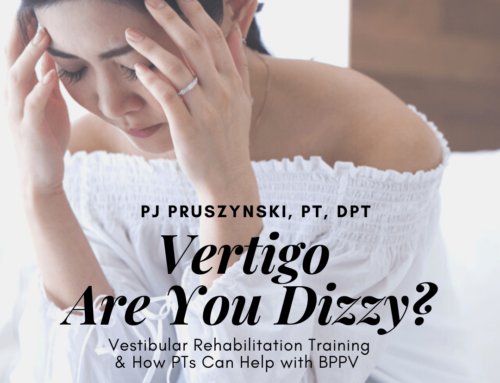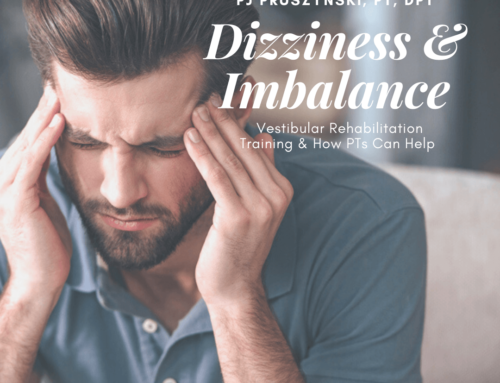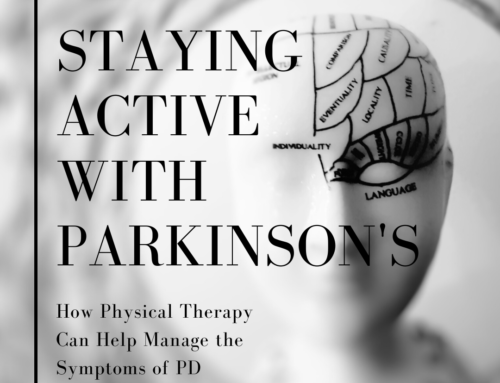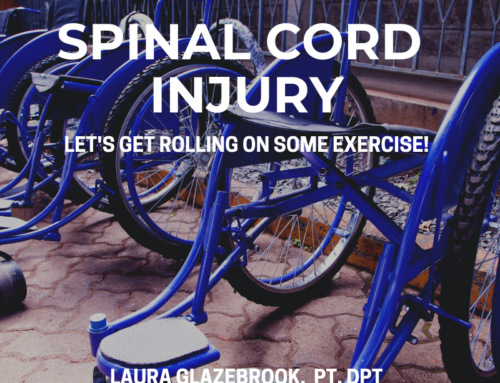Misconceptions of Concussion
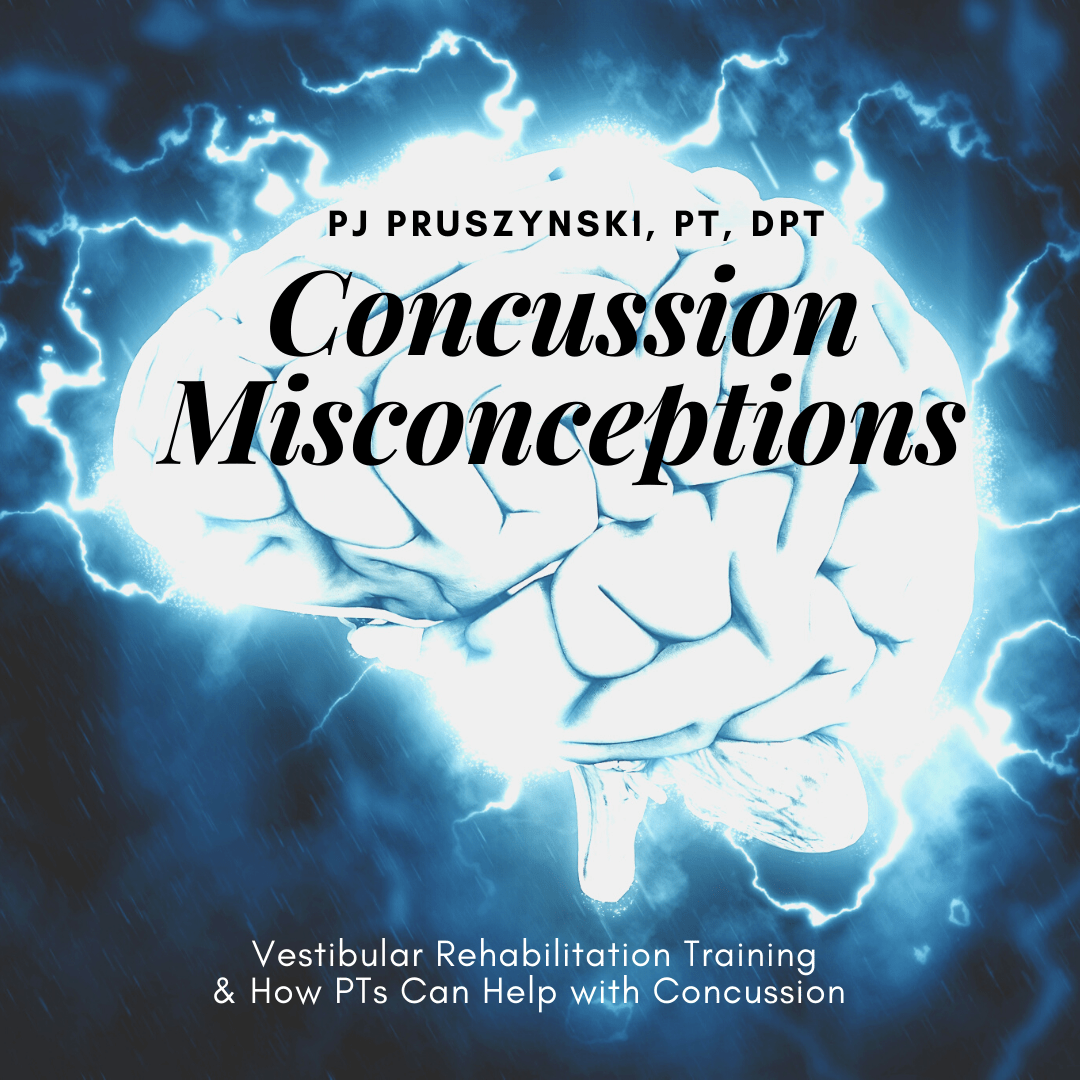
Misconceptions of Concussion
Over the last decade, there has been a surge in media coverage on concussions. Every major news network has aired a story on prevalence of concussion in children or the crippling effects of CTE Chronic Traumatic Encephalopathy (CTE) in former NFL players. However, after hearing and reading all the new stories, it is apparent that there is a lot of misinformation out there. I mean, A LOT. We hope this blog helps to clear up some common misconceptions that we hear about post concussion management.
“I didn’t have a brain injury, I had a concussion”
A concussion by definition is a mild traumatic brain injury. I do not say this for dramatic effect, but I feel that it is important to understand that a concussion is a type of brain injury. So, we want to take it seriously.
“But I didn’t hit my head”
A concussion is often caused by trauma, but not always. A concussion can occur due to rapid changes in acceleration where the brain essentially hits the skull as a result. Hence the saying, “he got his bell rung.”
“My MRI was negative, so they said I didn’t have a concussion”
This is an extremely important misconception to eliminate because of the effect it can have on an individual’s recovery. Most people receive an MRI or a CT scan when a brain injury is suspected. These types of imaging are useful for detecting change in blood flow to parts of the brain, like a hemorrhage or blocking of blood vessels. These traditional imaging techniques look at the structure of the brain. A concussion generally causes a change in the FUNCTION of the brain rather than the STRUCTURE.
(Caveat: Although structure is technically affected in concussion, those structural changes are generally not visible on traditional imaging studies).
Our nervous system functions due to a careful balance of positively and negatively charged elements and molecules on either side of cell membranes. In a concussion, axons of nerve cells are stretched, which disrupts the cell membranes and alters this natural balance of positive and negative. The body then has to use more energy (ATP) to rebalance these charges. Our body is sent into an energy crisis because 1) our nerves are working less efficiently due to the disruption in cell membranes and 2) extra energy is being expended to fix the alteration in positive/negative charge balance.
Blood vessel diameter is also affected by neural connections by the Autonomic Nervous System. Since the nervous system is less efficient directly following a concussion, the amount of blood that is being delivered to the brain is also affected.
In less words: an MRI or CT scan will not show the functional changes that occur due to a concussion.
“No light or screens until you are symptom free”
It is no longer the recommendation following a concussion to remove all stimuli like i-phones, TV, and music and stay in a dark room for a week or until all the symptoms resolve. Current research recommends 24-48 hours of cognitive and physical rest, meaning let your brain and body take a break. Following that period of rest, it is appropriate to reintroduce stimuli (lights, i-phone, activity, schoolwork) as long as symptoms are held at a 5/10 or below, with 10 being the highest level of symptoms and 0 being no symptoms. Additionally, if you have a headache as a symptom, it is recommended to allow minimal or at least no increase in headache symptoms with the reintroduction of stimuli. While an individual re-introduces stimuli, it is suggested they pace themselves and take breaks to avoid the cumulative effects of stimuli.
Removing all stimuli for too long can prolong recovery due to sensitization following this period of total rest. Additionally, prolonged removal from school/work and social activities can create a sense of isolation and negatively affect the speed of recovery.
“I don’t have any issues concentrating or with light, so it must not be a concussion”
Concussion symptoms present in clusters. Each person may have a different set of symptoms. You may have emotional symptoms such as anxiety, sadness, and irritability or cognitive symptoms like slow processing, impaired memory, difficulty holding attention, and fatigue. There can also be alterations in sleep or somatic dysfunction such as nausea, light sensitivity, imbalance, changes in vision, and dizziness.
“There’s nothing wrong, your symptoms will eventually go away”
Most sport-related concussions resolve within 2 weeks in adults and 23 days in children. However, symptoms may become “protracted” or prolonged. Unfortunately, protracted recovery from concussion is partially due to misinformation and mismanagement in the early stages following a concussion.
When symptoms are protracted or you are uncertain how to manage following a concussion, or if you are unsure if you suffered a concussion, it is wise to seek treatment from a healthcare provider that is experienced in concussion management. Physical Therapists trained in Vestibular Rehabilitation Therapy (VRT) have the skills to diagnose and treat post-concussive dizziness and imbalance.
The cause of Post-Concussion Syndrome is multifactorial ranging from dysfunction in the neck (Cervical Spine), the vestibular system (the balance organ), or the brain. Physical Therapists trained in VRT can shepherd you through recovering from concussion symptoms all the way back to returning to sports or whatever physical activities you enjoy. PTs can also screen you for a concussion in order to direct you to the proper specialist to further assist your recovery.
Let us help you find answers and recover from your concussion!
Sources:
- The new neurometabolic cascade of concussion.
- Cerebral Perfusion Changes in Post-Concussion Syndrome: A Prospective Controlled Cohort Study
- Measurement of Symptoms following sports-related concussion normative data from the post-concussion scale
- Consensus statement on concussion in sport-the 6th conference on concussion held in Berlin
- Multi-Disciplinary Management of Athletes with Post-Concussion Syndrome
- Multi-Disciplinary Management of Pediatric Sports-Related Concussion
- Regulatory and autoregulatory physiological dysfunction as a primary characteristic of post concussion syndrome: implications for treatment
- Rest and treatment/rehabilitation following sport-related concussion: a systematic review
